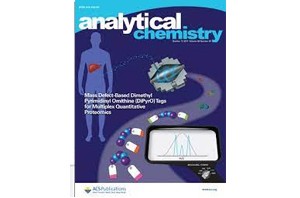
Dependence of Nonlinear Electrophoresis on Particle Size and Electrical Charge
Olivia D. Ernst et al

Separation of Cells and Microparticles
Alaleh Vaghef-Koodehi et al
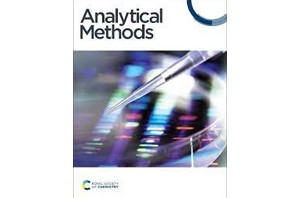
Microchip-Capillary Electrophoresis Device
Matthew T. Gordon et al
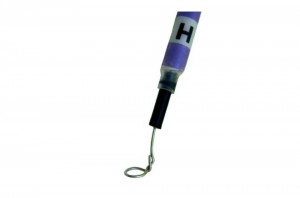
Applying Voltage to a Channel in a Microfluidic Chip
LabSmith application note
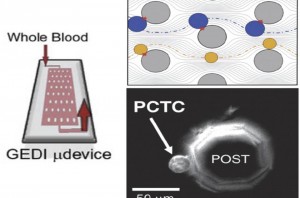
Circulating Tumor Cell Immuncapture Automation
Julia Wang et al
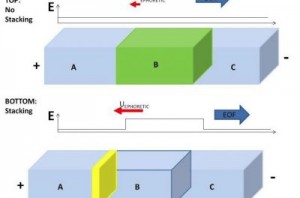
FASS for Sample Concentration in a Nanochannel
Elizaveta Davies et al
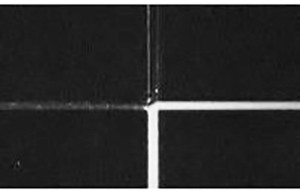
Electrokinetic Gated Injection
Elizaveta Davies et al
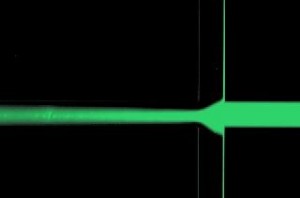
Pinched Microfluidic Injection
Yolanda Fintschenko et al
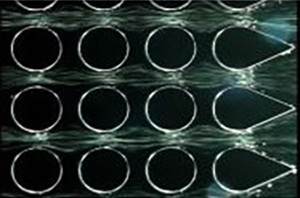
Improving Dielectrophoretic Concentrator
José I. Martinez-López et al
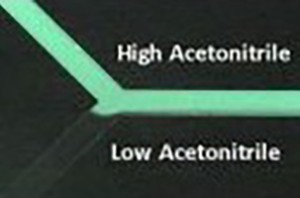
Gradient Elution Microchannel Electrochromatography
Michael W.L. Watson et al

Prediction of Trapping Zones
Javier L. Baylon-Cardiel et al

Gradient Elution in Micro Channel Electrochromatography
Watson, M.W.L et al
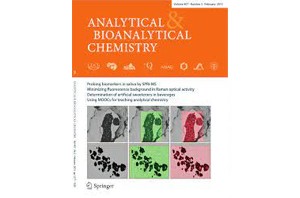
Improved Dielectrophoretic Concentration for iDEP
José I. Martínez-López et al
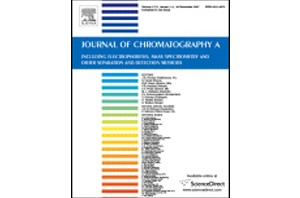
Protein Manipulation with iDEP
Blanca H. Lapizco-Encinas et al
